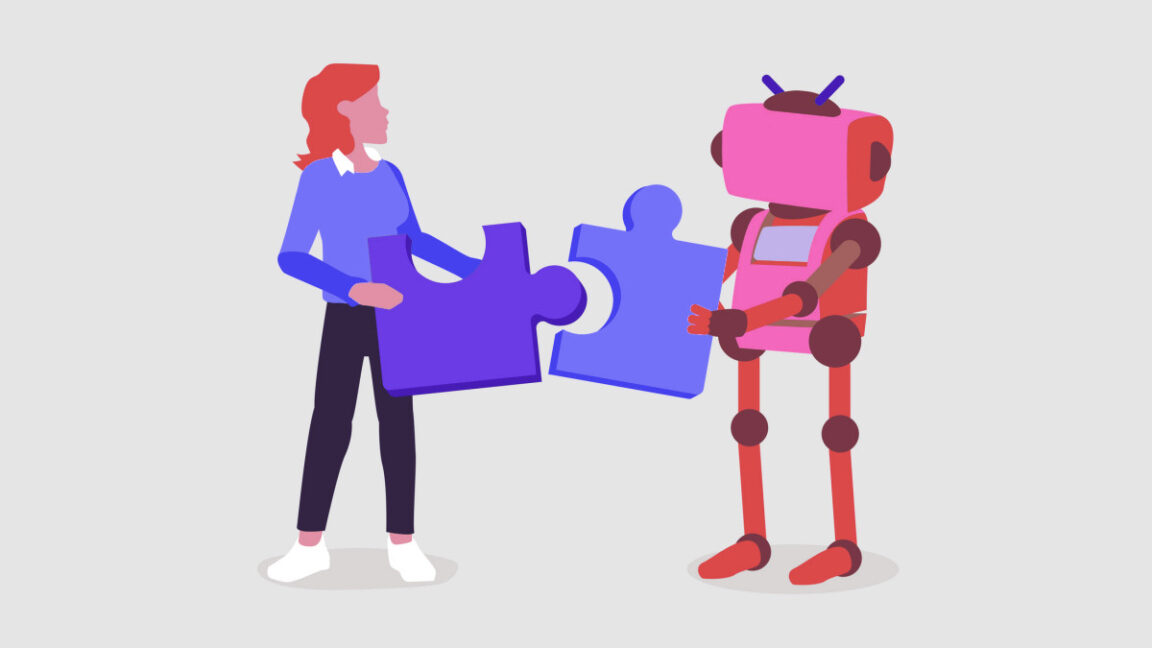OpenAI Launches GPT-5 Free for All ChatGPT Users

OpenAI has unveiled its latest AI system, GPT-5, which is accessible to users of all ChatGPT tiers, including those with free accounts. Alongside GPT-5, there are three variants: GPT-5 Pro, GPT-5 Mini, and GPT-5 Nano. Each of these offers unique features tailored to different user needs. This new generation model promises to offer reduced confabulations, enhanced coding capabilities, and a more refined approach to handling requests through what OpenAI terms 'safe completions.'
For the first time, OpenAI is providing free users with access to a simulated reasoning AI model. This model improves accuracy on logical and analytical questions by breaking down problems into multiple steps. GPT-5 aims to integrate various AI functionalities into a streamlined system. It includes a smart model for general inquiries, 'GPT-5 Thinking' for complex problems, and a real-time router that chooses the best approach based on the conversation's nature.
The rollout now reaches approximately 700 million weekly active ChatGPT users with differentiated usage limits determined by subscription levels. Pro subscribers benefit from unrestricted access to the full suite of GPT-5 capabilities, including the Pro variant, enhancing their user experience.
Since GPT-4's release, advancements between major AI versions have shown diminishing returns concerning capability improvements. However, GPT-5 still represents a notable progression, with improvements in areas such as contextual processing. It reportedly surpasses previous models in coding with advancements highlighted by OpenAI, scoring substantially high on SWE-bench and Aider Polyglot benchmarks.
The new interface of ChatGPT has also been upgraded to improve user interaction. These updates include customizable chat colors, preset conversation 'personalities,' and integration with major applications like Gmail and Google Calendar. A unified 'Advanced Voice' mode has been introduced to refine voice interaction.
GPT-5 introduces 'safe completions,' a novel approach to handling user requests by offering helpful responses within safety constraints, rather than declining them outright. OpenAI has addressed issues seen in earlier models, reducing sycophantic replies significantly.
For developers, GPT-5 is now available in multiple API versions, each catering to different latency and cost preferences. The expanded context window and new developer tools, such as free-form function calling and verbosity controls, enhance the development experience. Pricing varies across these versions, with GPT-5 Mini and Nano offering more economical options.
As OpenAI launches GPT-5 amidst increasing competition from other AI advancements, it remains committed to innovation and user accessibility. The transition to GPT-5 is set to replace earlier models across the board, marking a pivotal moment in AI evolution for OpenAI and its users.



